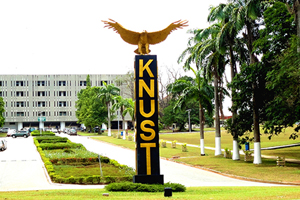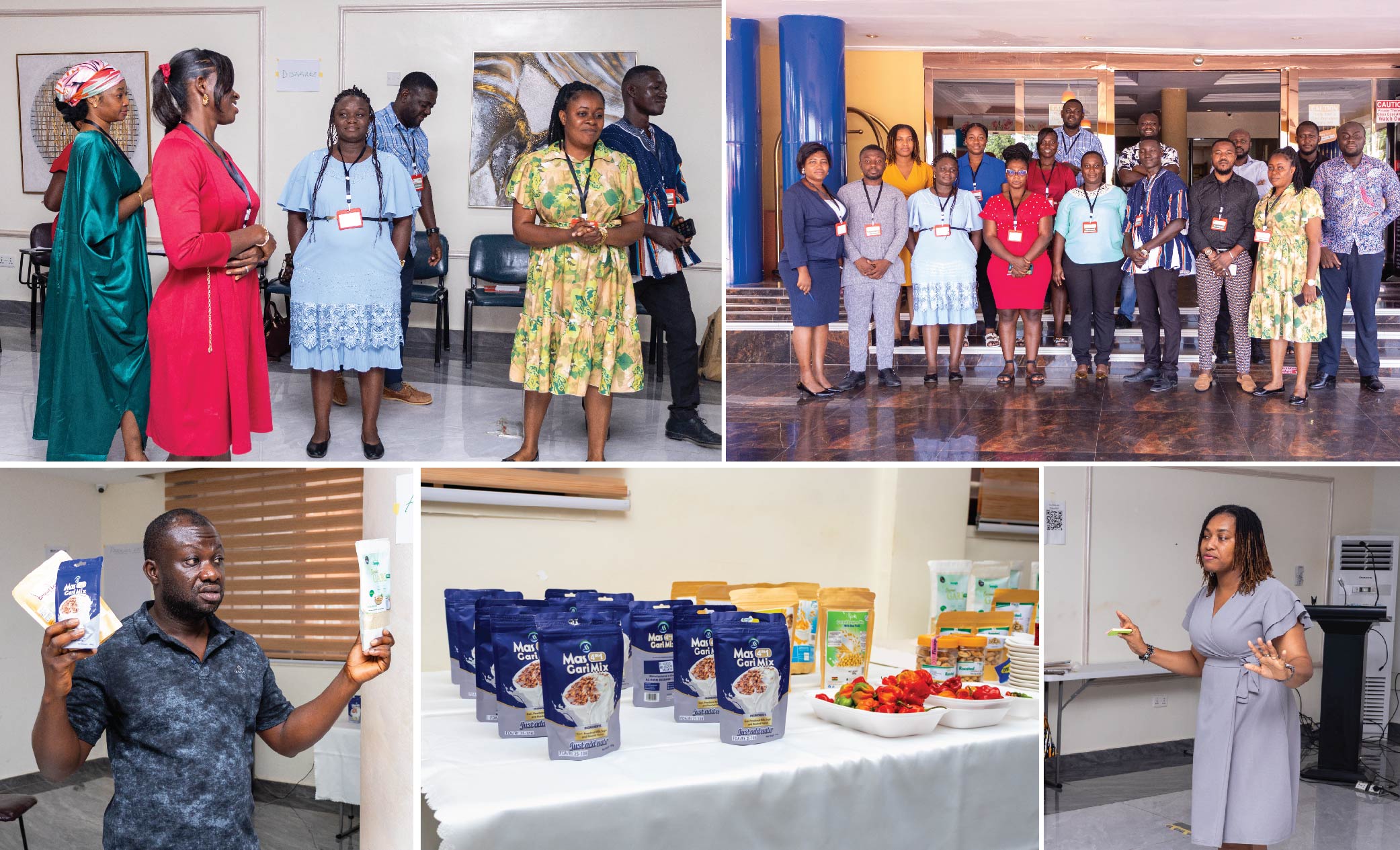The KNUST Nutrition and Sustainable Agri-food Collaborative, in partnership with the Mastercard Foundation (Nkabom Collaborative), has rolled out its maiden Entrepreneurship Intervention Training (EIT) for micro, small, and medium enterprises (MSMEs) across Ghana.
The first cohort brought together 15 enterprise owners for a specialised learning experience in business growth, financial management, and innovation within food systems.
The initiative ultimately aims to train a total of 75 MSMEs to help shift the country’s unemployment narrative.
Speaking at the training, Professor Wilberforce Owusu-Ansah, Entrepreneurship Pillar Lead, emphasised that the programme is directly aligned with the core objectives of the Nkabom Collaborative.
“We want to reduce unemployment, and one of the fastest ways is to help existing micro and small businesses scale so they can employ more young people,” he explained.
He added that participants have showcased products ranging from juices to packaged foods, and that the team was analysing each stage of the value chain to determine how best to improve and expand them.
Facilitator Gifty Afi Cudjoe highlighted the importance of creativity tools in the programme, particularly the SCAMPER guide, which supports participants during design thinking sessions.
She explained that its purpose is to help MSMEs think beyond conventional ideas by using prompts such as Substitute, Combine, Adapt, Modify, Put to another use, Eliminate, and Reverse.
She added that the guide played a vital role in helping entrepreneurs refine their ideas and uncover new possibilities within their product lines and business operations.
“It helps break mental barriers, challenge assumptions, and open new pathways for innovation,” she remarked.
Another facilitator, Richard Agyare Ntim, stressed on the significance of using the Hybrid Business Model Canvas (HBMC) to simplify business planning for entrepreneurs.
He explained that the traditional business plan is often bulky and difficult for many entrepreneurs to develop independently, noting that the one-page Hybrid Business Model Canvas provides a simpler way for them to understand how their businesses will generate revenue and sustain themselves.
He noted that when pitching to investors, a 120-page document could be difficult to digest, whereas a one-page model provided a quick overview that made it easier for investors to understand and support the business.
“The HBMC will equipe these entrepreneurs to make quick updates based on market changes, making business management more flexible and adaptive,” he said.


















